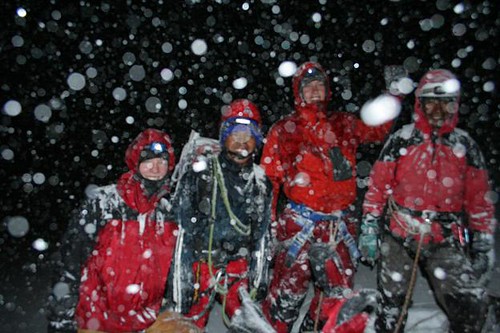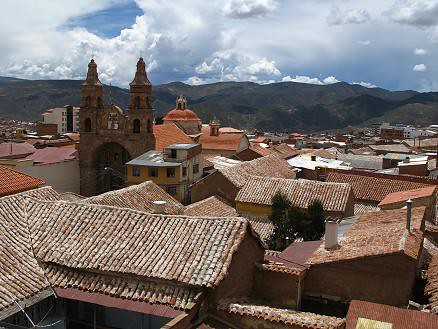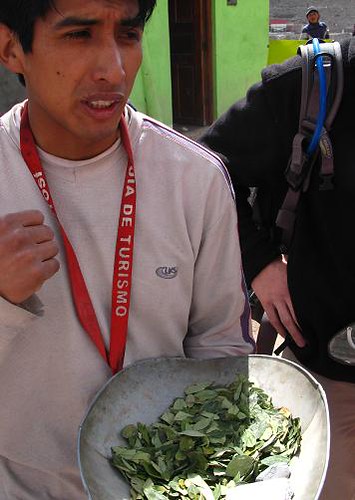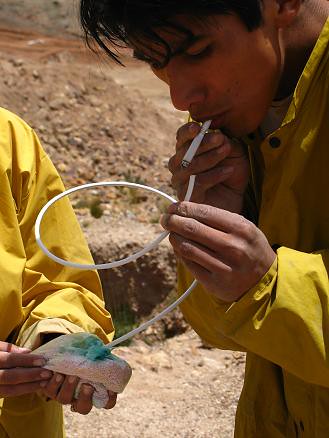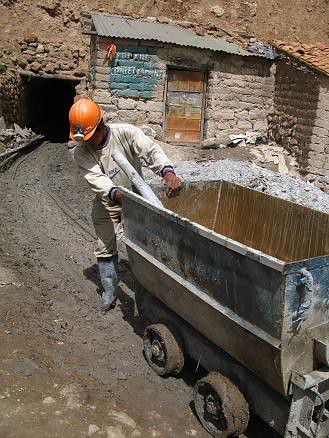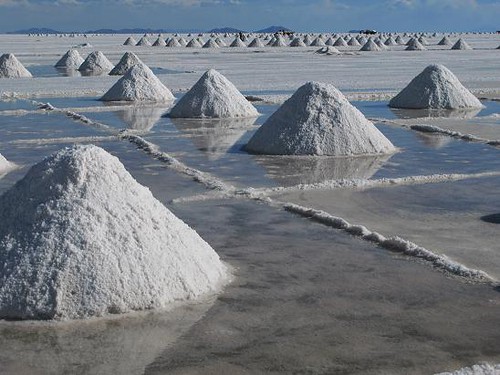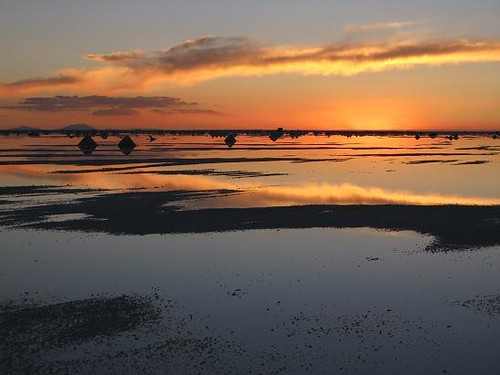Pocket Change and It Stays the Same, Lima, Peru
April 20th, 2007In Lima, bodies form a sporadic current pushing its way through pedestrian streets where hoarse pleading voices ring above the rest and desperate men try to pull you into their Internet cafes or ask you if you happen to want to get a tattoo. Ice cream shops line the walkways, women wander through the crowd selling pens and pencils or church candles or any thing they come across, I even saw one selling little bells.
Everyday people will offer the smallest of household things, from Dixie cups of jello to calls from a cell phone, and more than once I’ve seen a man with a bathroom scale, selling people their weight for a few cents a pop.
And all the time bodies upon bodies, women overflowing in their tight jeans, toppling on high heels, boys in baseball caps, old men on crutches, groups in business suits, exchange space they take on the street, shuffle by, brush by, squeeze by. Taxis, so many to make up an anthill of a city, beep about everything in a range of horn tones.
At these times I feel the rough wool of my new llama sack scratching against my wrist. It’s still there, no one has tried to take it, yet. The gringo tends to tense in these places where locals go about their day and lilly-white maidens such as myself are scarce and attract a whole lifetime’s worth of whistles and kissy noises.
If I weren’t nervous for my belongings, I’d stand in the middle of the crowd and close my eyes, feeling this great river of skin and heat move and plead and claw at itself against the music of horns and sirens.
Yesterday morning the city woke up bright and hot and I made a trip to the post office, a building on the edge of the safer side of town. From there I was pulled by some strong curiosity just beyond that edge to the river, from where I was pulled again to cross it. And there, buildings with no windows, dusty black buildings that were once brand shiny new display old broken decorations and deserted top floors. Little rainbow umbrellas shade plump ladies lining the riverbank with their metal carts of fruits and blenders. They looked rather cheerful there to me who was looking from afar and squinting into the sun.
On a street corner, glowing in his fluorescent vest, a policeman caught sight of me and my gringo boyfriend and asked us to turn around, por favor, and walk back the way we’d come. It’s muy peligroso here. So back we went, to navigate through the bodies moving through each other and looking into each other asking for something, just a little change.





